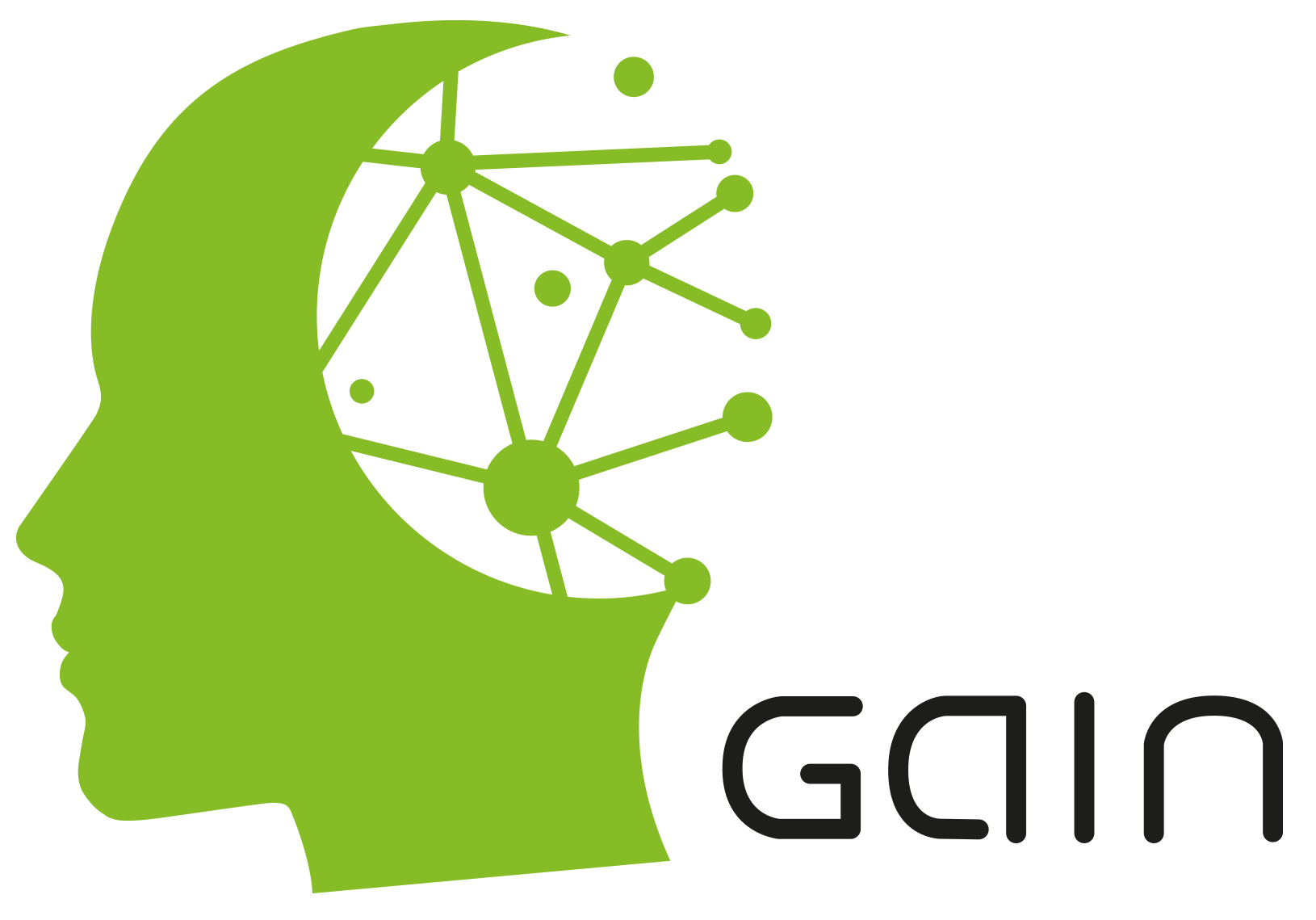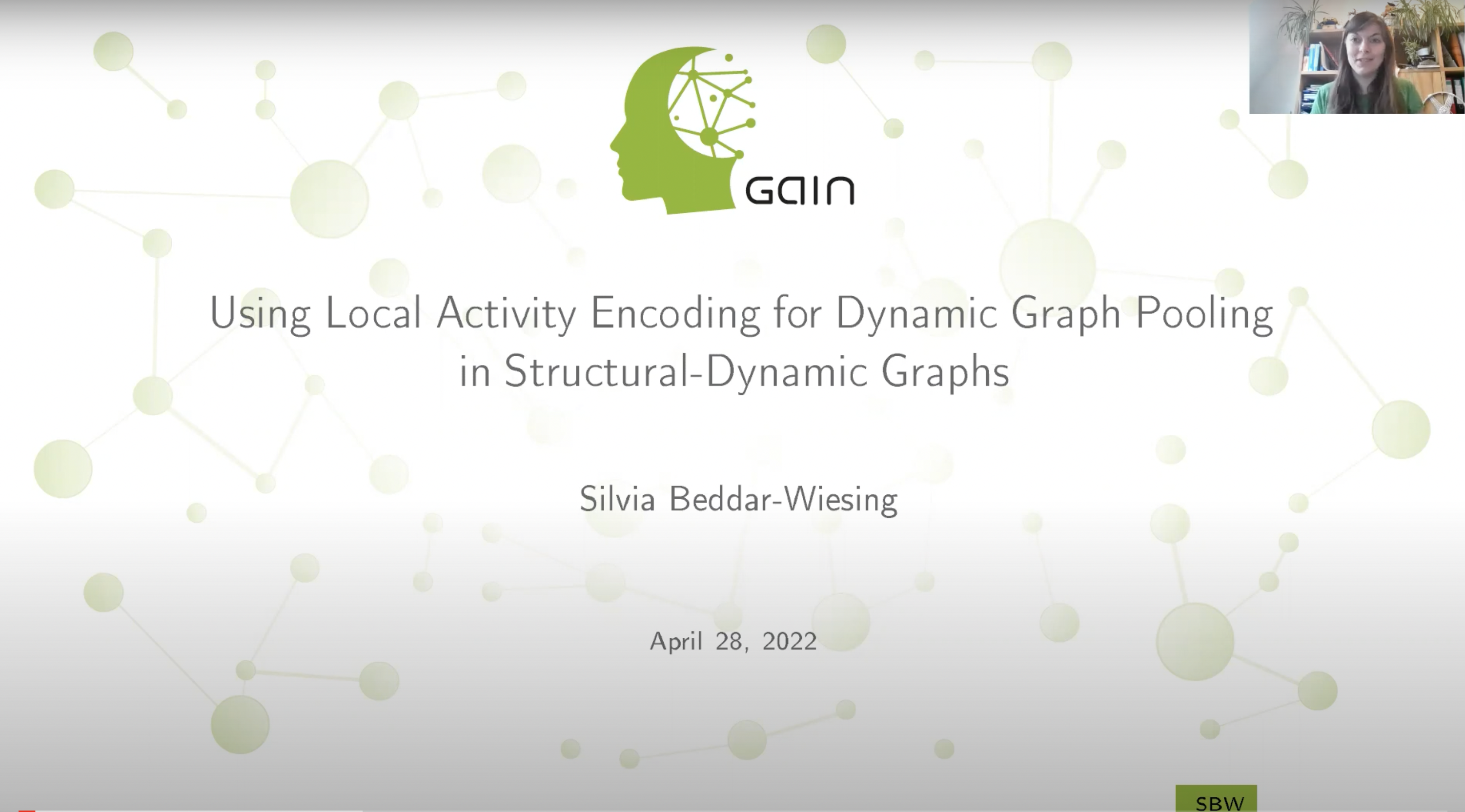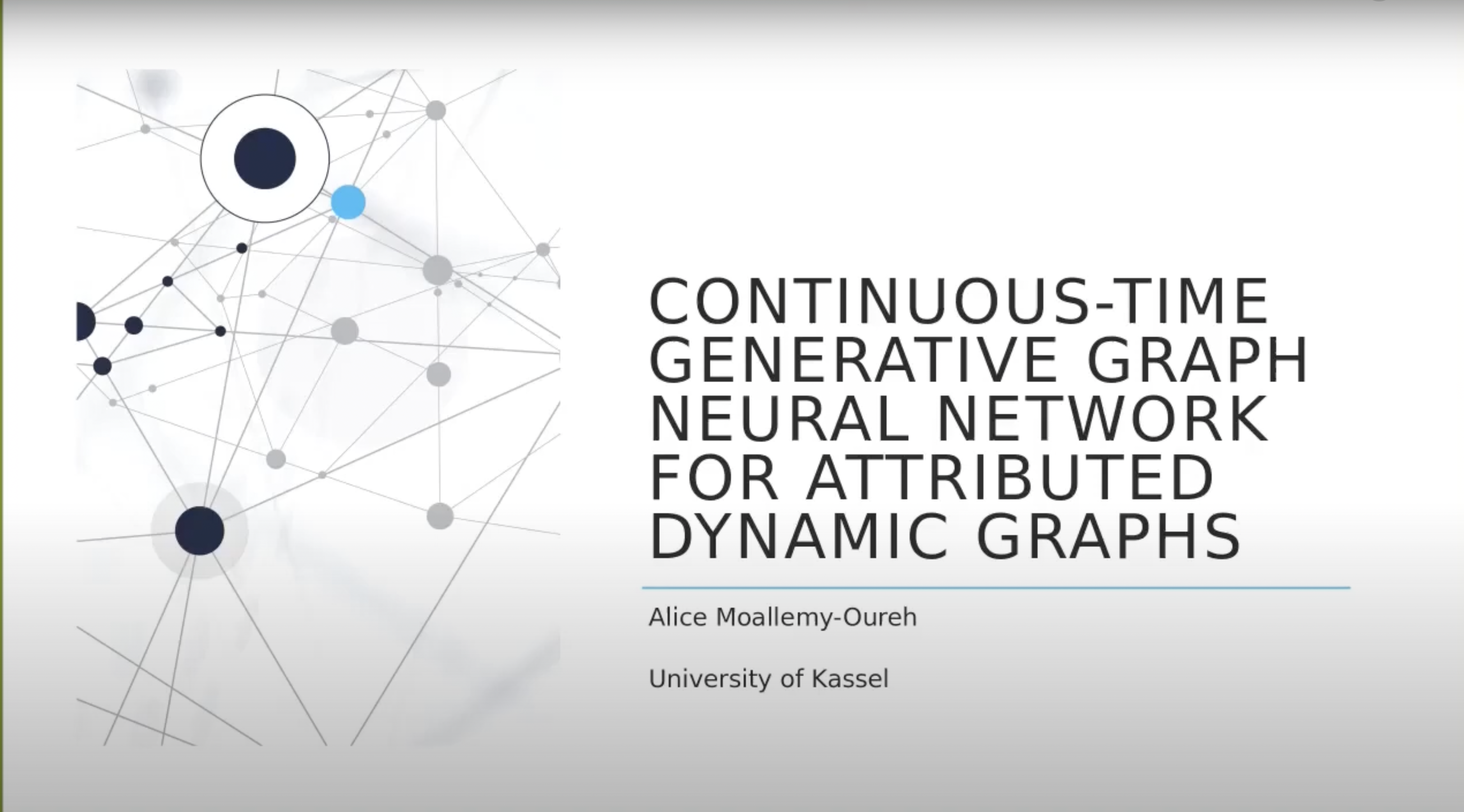
and
Neural Networks
February 2024
Paper published by Neural Networks
Our collaborative work with our amazing colleagues from the Siena Artificial Intelligence Lab (SAILab) on the expressive power of GNNs for dynamic and attributed Graphs has been published in Neural Networks. In Weisfeiler–Lehman goes dynamic: An analysis of the expressive power of Graph Neural Networks for attributed and dynamic graphs we prove that GNNs have the same capability as the 1-WL test, the 1-WL equivalence equals unfolding equivalence and that GNNs are universal approximators modulo 1-WL/unfolding equivalence for two practically important graph domains: dynamic graphs and static attributed undirected homogeneous graphs with edge attributes.
November 2023
New project granted
We are very happy to announce our new project GNN4GC , which is funded within the '7. Energieforschungsprogramm' (020E-100626677). It is a joint project between the research institutions Fraunhofer IEE and the University of Kassel, and the three transmission system operators TenneT TSO GmbH, 50Hertz and TenneT TSO BV. Transmission grids are the backbone of energy distribution, but the integration of renewables, distributed generation and increasing electrification make operation more complex and lead to bottlenecks in the grid. To solve these problems, grid operators instruct generation plants to increase or reduce their output. A cost-effective alternative is to change the grid topology to alter the power flow in the grid. As the grid operator can do this themselves and the costs are very low, such topological actions have great potential. However, they have not been widely used because the large number of switching options is impossible for humans to keep track of. GNN4GC proposes GNN-based solutions to accelerate grid calculations and approximate load flow, enabling efficient testing of different topology actions for effective grid operation. Another key objective is to integrate GNNs with DRL to create self-learning grid control agents that learn grid operation strategies by interacting with the power grid. The agents will be evaluated in real cases through continuous collaboration with grid operators. Ultimately, the project aims at a synergistic partnership between research and industry to provide practical methods to address the challenges of real-world energy operations and contribute to the success of the energy transition.
October 2023
New project granted
We are very happy to be starting the joint project GraphPCBS together with the department of Intelligent Embedded Systems and the smart electronics-engineering company CELUS. We are funded by the 'KMU-innovativ' guideline of BMBF (16ME0877) and together we will use Graph Neural Networks to automatically optimize the schematic design of printed circuit boards. Until now, the optimization takes a a lot of time even for an experienced engineer, resulting in either high costs or not fully optimized circuits and thus electronic products more vulnerable to failure and a short life-time. In this project we combine forces in the fields of deep learning on graphs and electronic engineering to solve this problem.
October 2023
Poster presentations at Neurips 2023 Workshops
Posters of GAIN-members and collaborators have been accepted at the Temporal Graph Learning Workshop and the Graph Learning Frontiers Workshop at Neurips 2023. Silvia and Josephine will attend, come and discuss with us! Or check out the work online:
April 2023
Poster Presentation Award at IDA2023
Silvia won the Best Poster Presentation Award at the 21st Symposium on Intelligent Data Analysis (IDA 2023) in Louvain-la-Neuve! She presented a poster illustrating her current dissertation status about Stuctural-Dynamic Graph Embeddings and a poster about the recent work under review at Elsevier's Transactions on Neural Networks with the title Weisfeiler-Lehman goes Dynamic: An Analysis of the Expressive Power of Graph Neural Networks for Attributed and Dynamic Graphs.
April 2023
Paper published by Elsevier Energy and AI
Good News! The paper Power Flow Forecasts at Transmission Grid Nodes Using Graph Neural Networks has been published in the Special Issue Smart Grid and AI of the Open Access Journal Energy and AI. It is a collaborative work with the Fraunhofer IEE Kassel developed by Dominik Beinert and Clara Holzhüter.
March 2023
Paper published by TMLR
We are very happy that our PaperGraph Neural Networks Designed for Different Graph Types: A Survey has been accepted and published by Transactions on Machine Learning Research (TMLR).
April 2022
Success in student research competition
Silvia Beddar-Wiesing and Alice Moallemy-Oureh won first and third place in the Student Research Competition of the 37th ACM/SIGAPP Symposium On Applied Computing, which took place from 25th to 29th of April 2022! Silvia's student research abstract "Using Local Activity Encoding for Dynamic Graph Pooling in Stuctural-Dynamic Graphs" introduces a preprocessing module for handling structural-dynamic graphs via local activity encoding and subsequent pooling leading to a constant-size graph sequence. Alice' student research abstract with the title "Continuous-Time Generative Graph Neural Network for Attributed Dynamic Graphs" proposes an embedding approach for attribute-dynamic graphs in continuous-time representation using a variational Graph Autoencoder for the node embeddings whose dynamics are further described by a Gaussian regression function. We are happy and proud of the positive feedback on their work as well as their presentations that already cover many of the topics of the GAIN project. Have a look at their papers and the winning talks here:
Using Local Activity Encoding for Dynamic Graph Pooling in Stuctural-Dynamic Graphs
Silvia Beddar-Wiesing
Continuous-Time Generative Graph Neural Network for Attributed
Dynamic Graphs
Alice Moallemy-Oureh
Cooperations
01IS20047A, according to the 'Policy for the funding of female junior researchers in Artificial Intelligence',
16ME0877, according to the KMU-innovativ' guideline.
We are funded by the Federal Ministry for Economic Affairs and Climate Action(BMWK) under the following funding code:
020E-100626677, within the '7. Energieforschungsprogramm'.
The responsibility for the content of this website or of any publication lies with the author.


